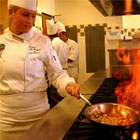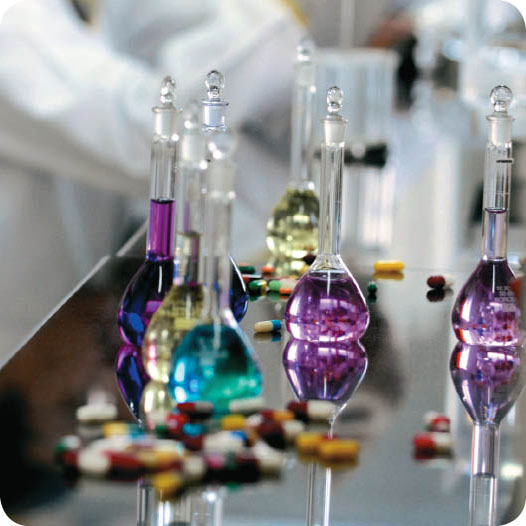I spent the five happiest years of my life in a morgue. As a forensic scientist in the Cleveland coroner’s office I analyzed gunshot residue on hands and clothing, hairs, fibers, paint, glass, DNA, blood and many other forms of trace evidence, as well as crime scenes. Now I'm a certified latent print examiner and CSI for a police department in Florida. I also write a series of forensic suspense novels, turning the day job into fiction. My books have been translated into six languages.
If you're going to be a DNA analyst, you will probably not be working with gunshot residue as well. DNA labs are tending to want their analysts to have a PhD in genetics and focus solely in that area, but it would be best if you called labs at which you might want to work and make sure. Best of luck.
It will turn a dark red brown once it's completely dry, and will stay that color so far as I know if conditions stay consistent. If it changes further it would probably just fade a bit.
How to best process or obtain a piece of evidence.
I don't know what malted means, but I suspect the answer is no. Just brushing hair can pull it out just as in a struggle.
Chef
 Do you get offended when a customer sends back a dish?
Do you get offended when a customer sends back a dish?
Pharmaceutical Researcher
 Is there or isn't there a cure for AIDS?
Is there or isn't there a cure for AIDS?
Auto Mechanic
 What car brands are most/least likely to end up in the shop?
What car brands are most/least likely to end up in the shop?
If you look over previous answers, you'll see that it depends upon the requirements of where you want to work. My job requires only a high school diploma but gives extra points for college degrees, so we all have at least a BS. A larger lab might require a BS. If you're doing DNA work they might require a PhD. The only way to know for sure is to call a few places you might be interested in and ask what they require. Best of luck!
I doubt I can help you but I'll try to get the pic.
I'm sorry but I am not trained in accident reconstruction. That is a very specialized field. I would have no idea whatsoever.
-OR-
 Login with Facebook
Login with Facebook (max 20 characters - letters, numbers, and underscores only. Note that your username is private, and you have the option to choose an alias when asking questions or hosting a Q&A.)
(A valid e-mail address is required. Your e-mail will not be shared with anyone.)
(min 5 characters)
By checking this box, you acknowledge that you have read and agree to Jobstr.com’s Terms and Privacy Policy.
-OR-
 Register with Facebook
Register with Facebook(Don't worry: you'll be able to choose an alias when asking questions or hosting a Q&A.)